The Books that Made Me Want to Write
When I was in 10th grade, I wrote a poem about my girlfriend for English class.1 It was called “Your Perfect Imperfections,” and I set the type in a grungy, typewriter font—probably from dafont.com, the enabler of every young designer’s bad type decisions—and, if memory serves, I read it in front of the whole class.2
I don’t remember much from the poem, except for a reference to Polaroids, but I remember having been proud of what I had written.
Oh, sixteen-year-olds.
For better and definitely for worse (see above), I have always flirted with writing, but never really wrote in earnest, outside of diary entries and school papers, until I started this newsletter last year. Before I started writing, I read plenty of books about writing, as if preparing to launch. These fostered my desire in their own safe and distanced way. King and Lamott have definitely helped me as they have millions. But as every writer knows, craft books only get you so far. The real “juice,” so to speak, comes from reading widely and often. Books that, in my case at least, make me ask: “you can do that? I want to do that.”
I read plenty of fiction, and I love it. I feel its impact upon the way in which I write. A list of books that influence my writing would be endless. But, for whatever reason, the books that really make me want to write in the first place are by and large nonfiction. It’s what I’m most interested in writing myself. There is a major through line in these books: wonderful, attentive writing about things I never thought I’d care about.
Here are some of the books that made me want to write.
I Am Sorry to Think I Have Raised a Timid Son by Kent Russell
I bought I Am Sorry to Think I Have Raised a Timid Son several years ago at The Book Cellar in Chicago. It lived in a section labeled “narrative nonfiction” that drew my eye. I suppose I knew it was a genre, or at least style of writing, but I hadn’t yet seen it as a curated section in a book store. Around this time, and because of this experience, I was starting to develop an interest in the personal essay as a form.
I pulled Timid Son off the shelf and was immediately drawn in by the cover image the author holding a hand-lettered cardboard sign. I checked the design credit like I always do, and smiled: it was designed by Peter Mendelsund. I was and am a bit of a Mendelsund fanboy, and I always seem to have a knack for pulling his covers off the shelf. The book sounded good, but this was the clincher.
The book is a series of first-person essays about various and unusual topics—an Insane Clown Posse festival; a man in inoculating himself with snake venom—sprinkled with interludes featuring interactions between the author and his father. Think Consider the Lobster by David Foster Wallace with daddy issues. I fell in love with the idea of writing about something weird, different, or ignored, and doing so with sentences worth underlining.3
Cover by Peter Mendelsund
Speaking of Peter Mendelsund: If you have read this newsletter for some time, it is likely you are aware of the influence he and his monograph Cover have had on me. I might not be a book designer with out it.
But in addition to his influential covers, the book also showcases Mendelsund’s terrific writing. I didn’t know it then, but I think this book was also an influence in my desire to write about book design, not just to practice it. This is a key text to my professional life.
Boom Town by Sam Anderson
I would never have imagined that one of my favorite books would be about Oklahoma City, but here we are. I read Boom Town because as a basketball fan I was interested in the Oklahoma City Thunder narrative, and because
recommended it often. His recommendations are, more often than not, golden. Sam Anderson is one of those magical non-fiction writers who writes with such care and attention about their subject that you cannot help but find it as fascinating as they do.Boom Town is Anderson’s only book, for now, but his work for The New York Times Magazine is also fantastic.
Never Use Futura by Douglas Thomas
Never Use Futura is, essentially, a biography of a typeface. And I know, that probably sounds like the driest notion since toasted bread. But hear me out. Doug Thomas is a great writer, and Futura is, for my money, the font with the most fascinating story. It’s the font that’s on the moon. It nearly didn’t escape Nazi Germany. It’s used by both hyper- and anti-capitalist companies and artists such as Nike, Supreme, Barbara Kruger, and the Guerilla Girls. The book is stuffed with illustrations and images for every point in the typeface’s history.
Because of this book, I looked up potential Masters programs—both domestic and abroad—to study the history of typography so that I might one day write a book like it. I didn’t go, but the influence this book had on me remains.
An honorable mention along similar lines: Just My Type by Simon Garfield.
The Anthropocene Reviewed by John Green
I’ve been a fan of John Green for a long time. More for his videos and general internet presence than his Young Adult fiction, though I’ve read those books too, and particular for his podcast, and later book, The Anthropocene Reviewed.
The Anthropocene Reviewed shares some DNA with I Am Sorry to Think I Have Raised a Timid Son and Boom Town in the way it explores esoteric topics with great care, attention, and quality writing. But, to my mind, Anthropocene is almost as much a memoir as it is a collection of essays “reviewing” facets of the human-centered planet.4 Green writes about air-conditioning units, Piggly Wiggly grocery stores, and Haley’s Comet with equal interest and the author is never too removed from the narrative.
This book has almost nothing to do with book design,5 but it is exactly how I hope to write about book design.
An honorable mention that actually is a memoir in essays: The Crane Wife by C.J. Hauser.
On Writing Well by William Zinsser
On Writing Well is on this list for two reasons:
I believe reading it improved my writing.
The way Zinsser writes about writing is infectious. It made me want to try.
Gratitude by Oliver Sacks
I read Gratitude at the end of every year. It is short, precise, unpretentious, and filled with meaning. It is a reminder of my mortality and reminds me of what is important.
The Clothing of Books by Jhumpa Lahiri
This slim volume actually did make me write—I wrote my newsletter “Book Covers Don’t Matter” as a direct response to this book-length essay.
Honorable Mentions
These books added fuel to the fire the above books kindled.
Now You See It: And Other Essays on Design by Michael Bierut
How to Write an Autobiographical Novel by
The books of
The Book of Difficult Fruit by Kate Lebo
What Are Yours?
Tell me: What are the books that made you want to write?
Thank you for reading! I mean it.
If you’d like to keep this newsletter going and help me say no to designing soul-sucking books about corporate events, email marketing, and raising capital, consider becoming a paid subscriber or buying me a coffee.
Paid subscribers get access to How to Design a Book Cover, a bonus series illuminating my book design process, and diary updates on the process of turning this newsletter into a book.
Until next time,
Nathaniel
Uh-oh.
UH-OH.
There are probably better books out there, and probably better books that do the same thing as this one, but no other book caused me to fantasize about writing an essay about those 855-FOR-TRUTH billboards littering expressways.
“Reviewing” is in quotes here because while each essay ends with a review on a five-star scale, it’s the premise but not the point.




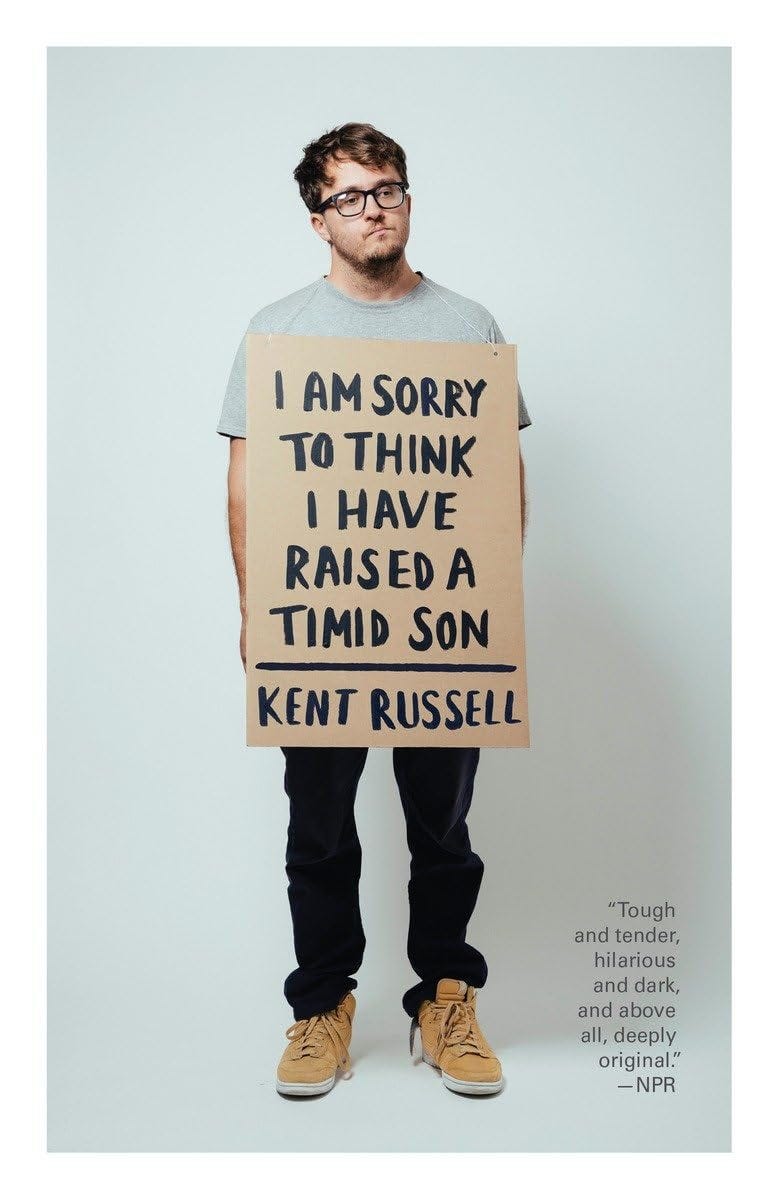
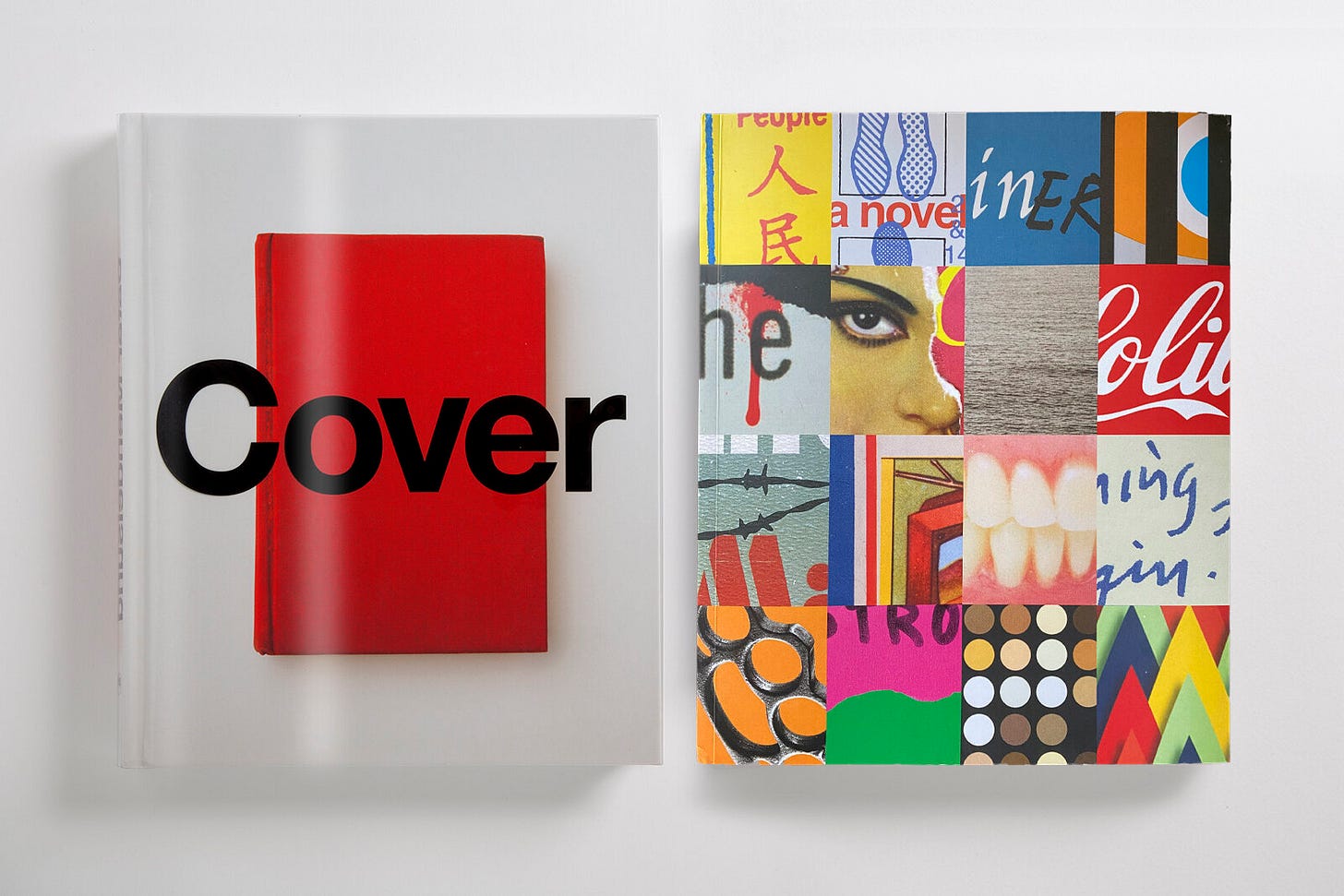
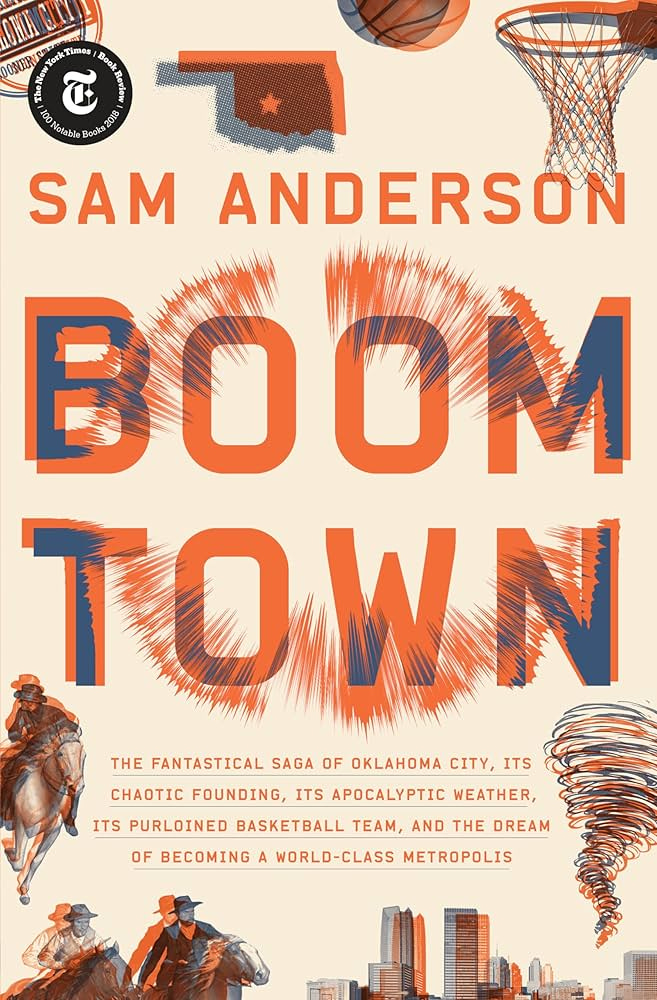
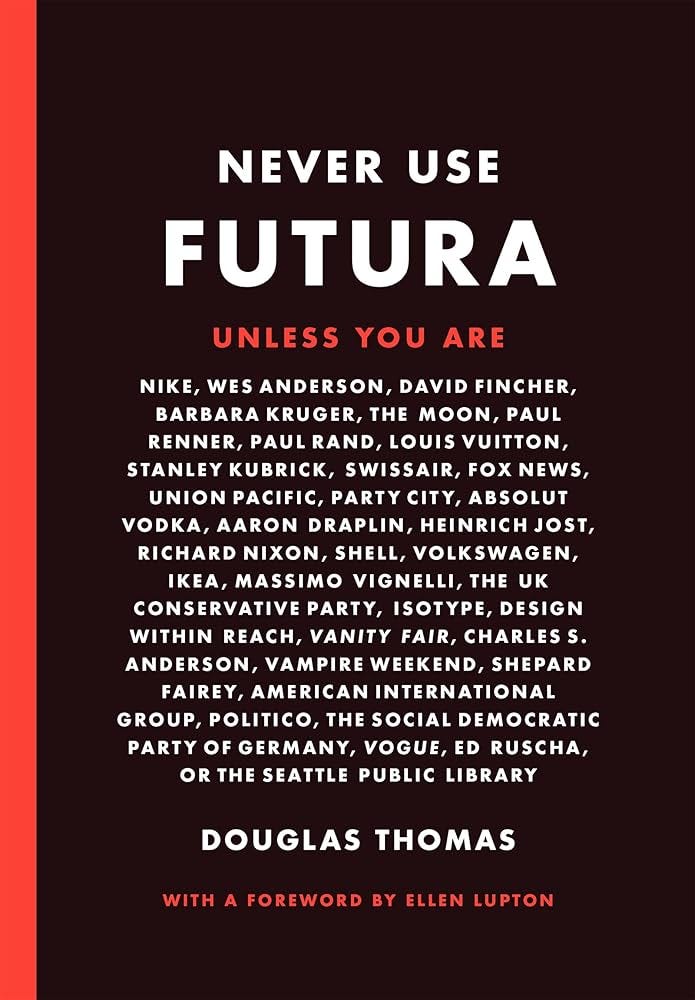
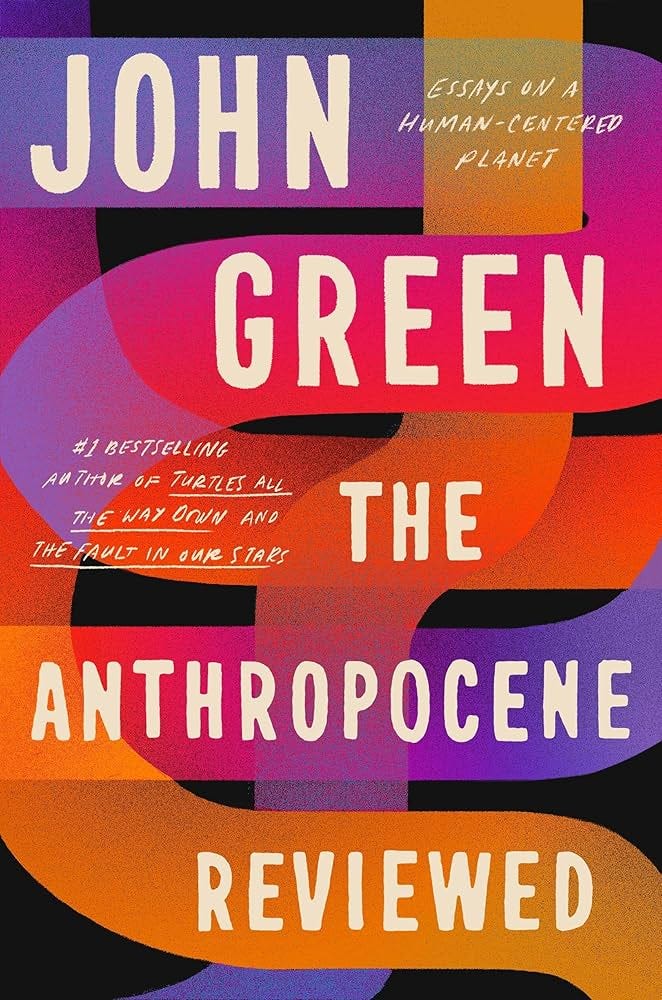
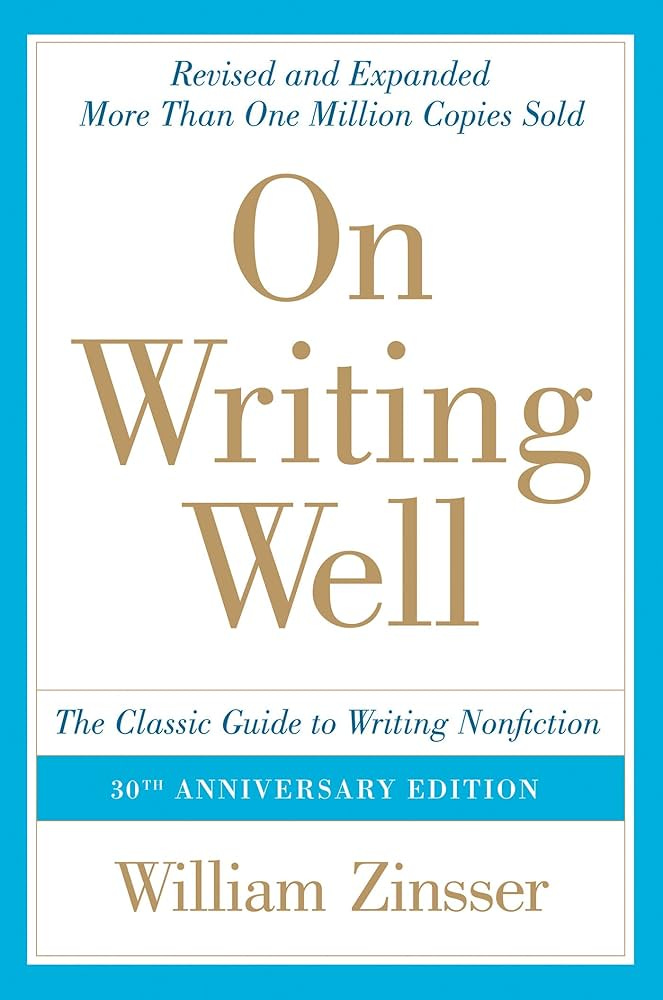
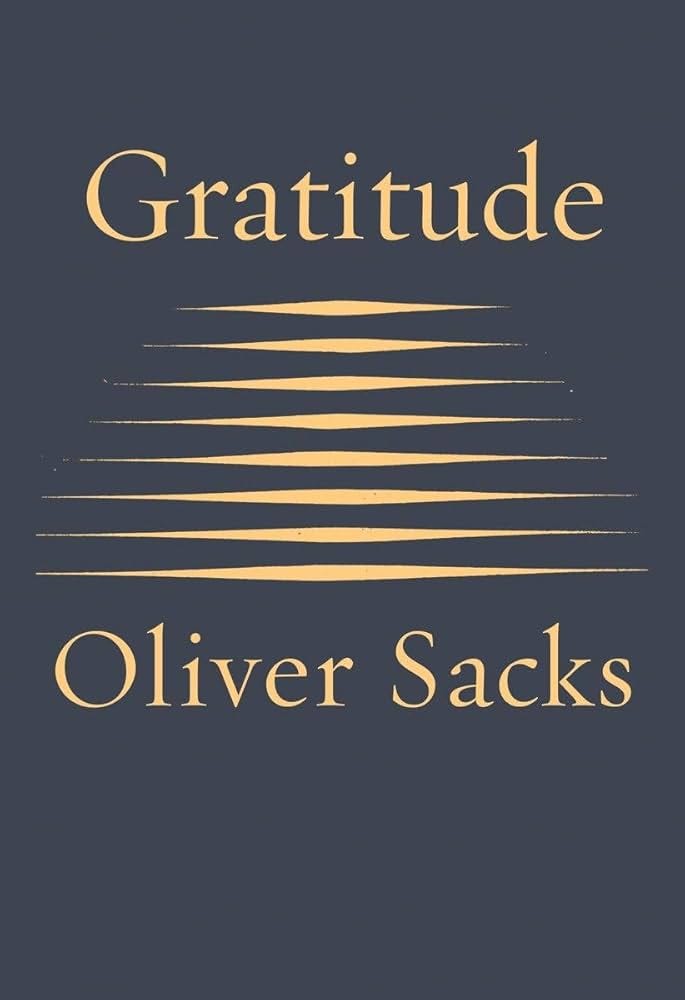
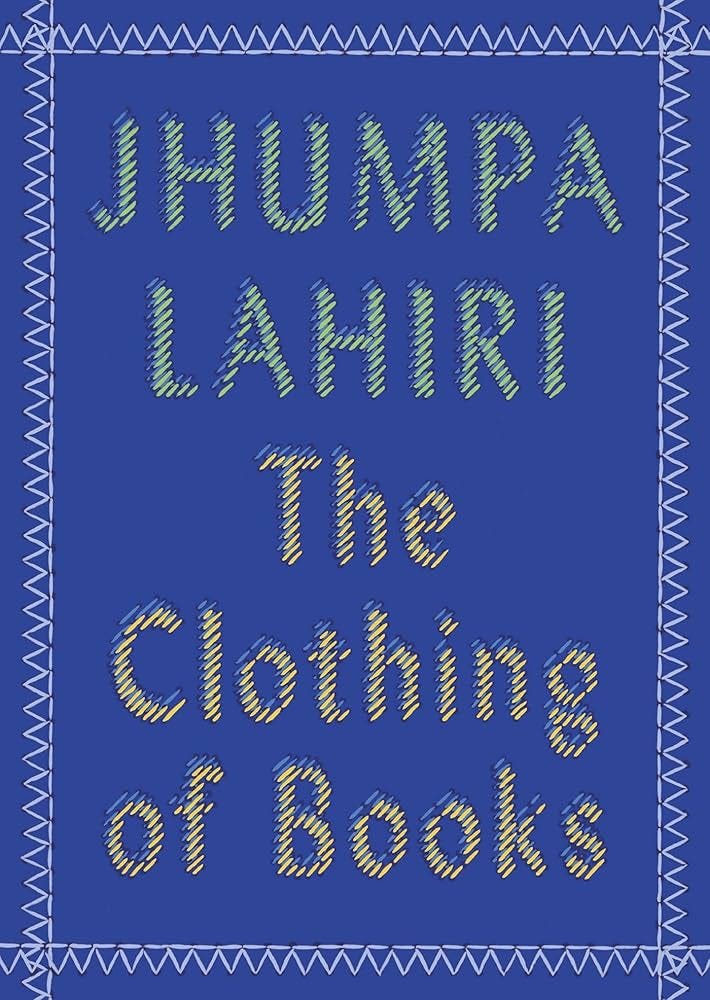

"I remember having been proud of what I had written.
Oh, sixteen-year-olds."
[Rolls up newspaper] NO. [Smacks you on the back] Bad Nathaniel. You should still be proud, not just because you wrote it but because you were ballsy enough to read it aloud.
I hadn't heard of some of these, they sound super interesting. Cool list!